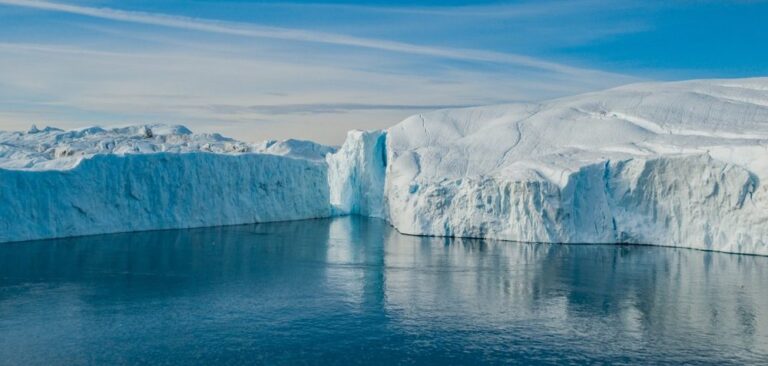The World Meteorological Organization (WMO) has confirmed a temperature of -69.6°C (-93.3°F), recorded by an automatic weather station in Greenland on December 22, 1991, as the lowest ever measured in the Northern Hemisphere.
The temperature record was uncovered after nearly 30 years by “climate detectives” from the WMO Archive of Weather and Climate Extremes. It eclipses the value of -67.8°C recorded at the Russian sites of Verkhoyanksk (February 1892) and Oimekon (January 1933). The world’s lowest temperature record, of -89.2°C (-128.6°F) on July 21, 1983, is held by the high-altitude Vostok weather station in Antarctica.
The WMO Archive of Weather and Climate Extremes includes records such as the world’s highest and lowest temperatures and rainfall, heaviest hailstone, longest dry period, maximum gust of wind, longest lightning flash and weather-related mortalities.
“In the era of climate change, much attention focuses on new heat records. This newly recognized cold record is an important reminder about the stark contrasts that exist on this planet,” said WMO Secretary-General Professor Petteri Taalas. “It is testimony to the dedication of climate scientists and weather historians that we are now able to investigate many of these older records and secure a better global understanding of not only current, but also historical, climate extremes,” said Professor Taalas.
While most climate extreme observations evaluated by the WMO’s Archive of Weather and Climate Extremes have been made within the last few years, occasionally the organization’s climate historians uncover long-overlooked weather data, which contains important climate information that must be analyzed and verified. Such was the case with the just-concluded evaluation of a nearly 30-year-old weather record from the remote Greenland site, named Klinck, located at an elevation of 3,105m close to the topographic summit of the Greenland Ice Sheet.
The automatic weather station operated for two years in the early 1990s as part of a network established by the University of Wisconsin-Madison to record the meteorological conditions around the Greenland Crest during the Greenland Ice Sheet Project. In 1994 it was returned to the laboratory for testing and then sent for use in the Antarctic.
This was before WMO began evaluating global extremes, as the World Weather and Climate Extremes archive was established in 2007. The record came to light only after a WMO panel of polar scientists tracked down the original scientists involved in the project. The committee commended the station’s original project scientists for their careful maintenance of the calibrations and metadata for an observation made so long ago.
After extensive analysis of the equipment, observation practices and the synoptic weather situation of December 1991, the panel unanimously recommended acceptance of the observation as valid.



